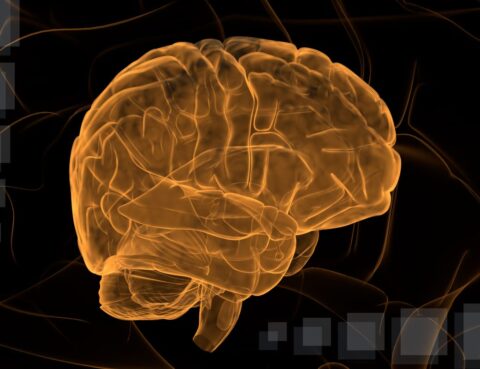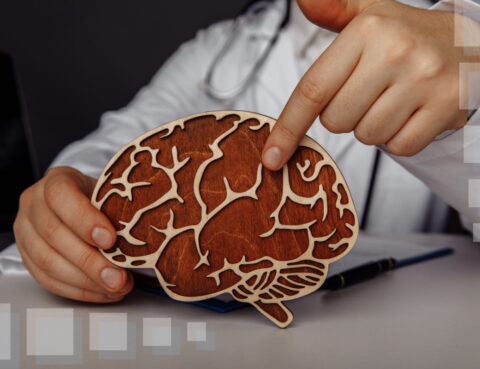
Diabetic neuropathy peripheral is peripheral nerve damage. This disease is the most common complication of diabetes mellitus. It occurs in 75% of patients with diabetes mellitus. For many people with type 2 diabetes, which they are often unaware of, neuropathy symptoms can be the first warning signs. If you have been diagnosed with peripheral diabetic…

Do you have a tingling sensation in your legs? It is certainly not a very pleasant feeling. When there is something like that in the hands, legs, arms, and feet, we don’t really know how to respond. Often, patients with tingling in the lower extremities are diagnosed with RLS, but the causes may be different….

Migraine is a disease of the brain, which is also inherited. It is characterized by recurrent bouts of moderate to severe headaches. The attack usually lasts from several hours to several days. In this case, the pain can be so intense that it is almost impossible to go about daily activities. There are many types…

Migraine is a chronic disease that manifests itself in periodic attacks of severe, often one-sided headaches. A characteristic feature of pathology is the absence of organic causes for its occurrence, such as trauma, tumors, circulatory disorders, etc. The attack can last from 2-3 hours to 2-3 days, during which the patient often becomes almost helpless…

We all face pulsating, distracting, annoying headaches sometimes. In addition, it usually appears at highly inappropriate moments. Mostly, headaches can go away independently and do not pose a major threat. However, there are situations when the headache is severe and repeats itself frequently, it is troublesome for the patient and interferes with his daily functioning….

Diabetic polyneuropathy (DPN) is a complication of diabetes mellitus characterized by progressive death of nerve fibers, which leads to loss of nerves, increased sensitivity, and the development of foot ulcers. Diabetes mellitus (DM) is one of the leading non-communicable diseases of mankind. According to the World Health Organization, more than 422 million people (1-4% of…

Amyotrophic lateral sclerosis is a disease characterized by damage and death of cells in the brain and spinal cord. As a result, muscle weakness and paralysis (immobility) develop. The manifestations of the disease are gradually increasing. Patients lose the ability to move independently, the activity of the muscles necessary for breathing is disrupted, which leads…

Like a stroke, its “younger brother” – the same disease with the prefix “mild” – is rapidly growing younger today. More and more often, very young men and women are admitted to a hospital bed with a diagnosis of mild stroke. It is especially dangerous that not every patient with mild stroke symptoms can define…

TIA is characterized by a temporary collapse of blood flow to a part of the brain. It shares with full-blown strokes but is short-term. Usually, they last less than 24 hours, with many lasting only a few minutes. These incidents are warning signs that there may be an underlying issue. For example, a blood clot…

In the world of health care, some terms may sound quite similar. But they often have very different meanings. Take, for example, the terms “TIA” and “stroke.” These two terms seem like distant cousins. But they’re more like distant cousins – they have a connection, but they’re not the same thing. Imagine that your brain…
